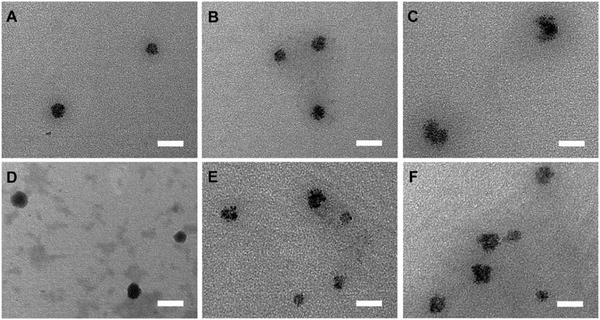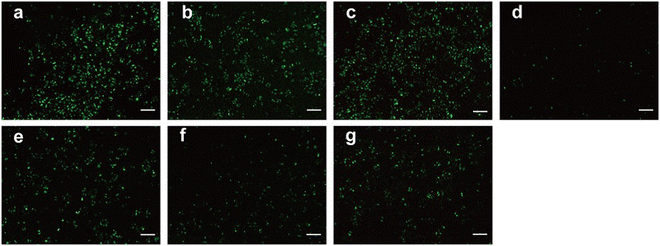 Open Access Article
Open Access ArticleCreative Commons Attribution 3.0 Unported Licence
Correction: Bioreducible and acid-labile polydiethylenetriamines with sequential degradability for efficient transgelin-2 siRNA delivery
Pengchong
Wang
a,
Yan
Yan
a,
Ying
Sun
a,
Rui
Zhang
a,
Chuanchuan
Huo
a,
Lu
Li
b,
Ke
Wang
a,
Yalin
Dong
*c and
Jianfeng
Xing
*a
aSchool of Pharmacy, Xi’an Jiaotong University, 76 Yanta West Road, Xi’an 710061, Shaanxi, China. E-mail: xajdxjf@mail.xjtu.edu.cn; Fax: +86-29-82655139; Tel: +86-29-82655139
bLaboratory Animal Center, Health Science Center of Xi’an Jiaotong University, Xi’an, Shaanxi, China
cDepartment of Pharmacy, The First Affiliated Hospital of Xi’an Jiaotong University, Xi’an, Shaanxi, China. E-mail: dongyalin@mail.xjtu.edu.cn; Fax: +86-29-85323240; Tel: +86-29-85323241
First published on 24th September 2024
Abstract
Correction for ‘Bioreducible and acid-labile polydiethylenetriamines with sequential degradability for efficient transgelin-2 siRNA delivery’ by Pengchong Wang et al., J. Mater. Chem. B, 2019, 7, 6994–7005, https://doi.org/10.1039/C9TB01183H.
The authors regret that due to image selection and processing errors, the representative TEM micrograph of PDCK11 was incorrect in Fig. 6e, and the fluorescence image of cellular uptake of PDCKM was incorrect in Fig. 7g. The corrected versions of Fig. 6 and 7 are provided below.
 | ||
Fig. 6 Representative TEM micrographs of nanocomplexes condensed by (A) PDM, (B) PDCM12, (C) PDK, (D) PDCKM, (E) PDCK11 and (F) PDCK12 at 30![[thin space (1/6-em)]](https://www.rsc.org/images/entities/char_2009.gif) : :![[thin space (1/6-em)]](https://www.rsc.org/images/entities/char_2009.gif) 1 N/P ratio. Scale bar = 200 nm. 1 N/P ratio. Scale bar = 200 nm. | ||
An independent expert has viewed the original and new images and has concluded that they are consistent with the discussions and conclusions presented.
The Royal Society of Chemistry apologises for these errors and any consequent inconvenience to authors and readers.
| This journal is © The Royal Society of Chemistry 2024 |

